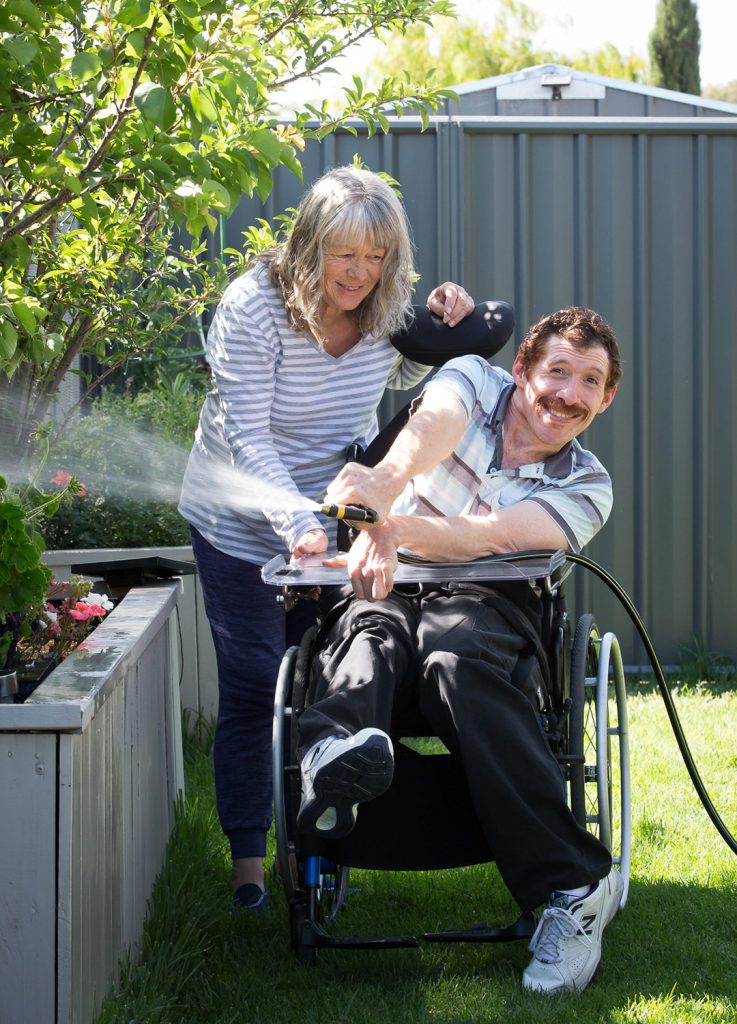Current state role
The first stage of the Frontline leadership role clarity project is to define the ‘current state’ role for Frontline leaders.
The findings have been published across downloadable resources for use by providers, Frontline Leaders, Scheme participants and carers.
Scroll down to view



